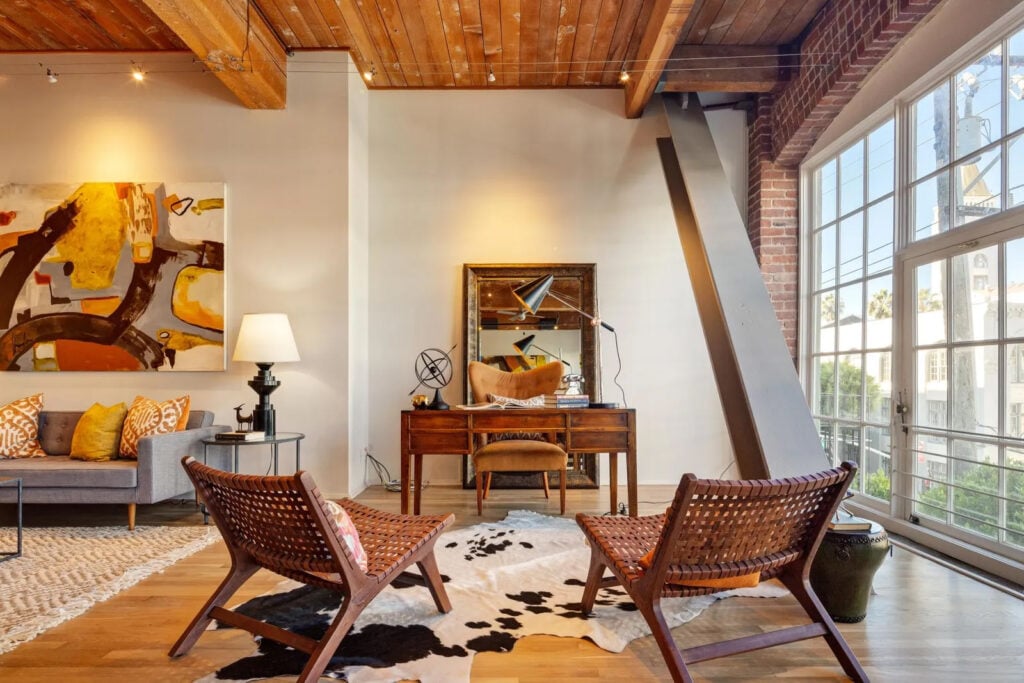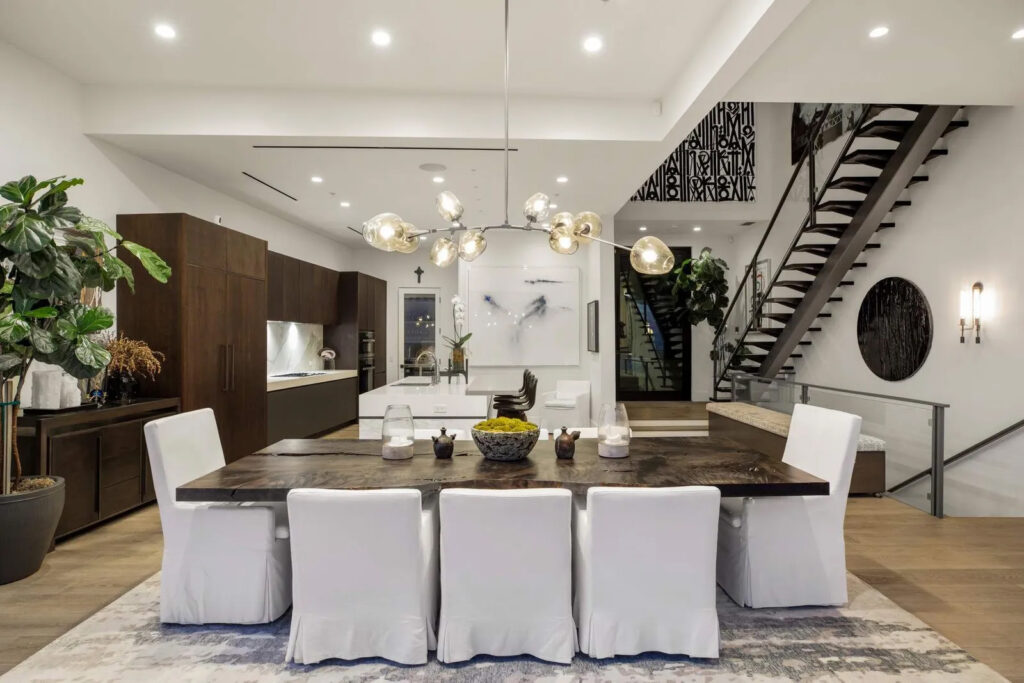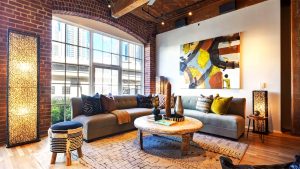Industrial interior design has long been beloved by luxury homeowners. Modern and open, characterized by the use of wood, metals, and exposed building materials, these spaces bring together many popular trends while keeping clutter and maintenance to a minimum. It’s little wonder that interest in them has peaked: luxury homebuyers are seeking properties that inspire them as they work from home, while still being practical and functional.

Kevin Delmore
Kevin Delmore, Real Estate Advisor at Sotheby’s International Realty – San Francisco Brokerage, has worked with many clients searching for that quintessential “converted loft” look. It lends itself beautifully to the lifestyle of today’s busy professionals, whether they’re enjoying their downtime or embracing the hustle.
“The industrial loft tends to be large, airy, and flexible for both living and working—which is what most people are doing at home right now,” he says. “Location-wise, they’re also often within walking distance of good places to pick up coffee and to-go meals.”

Alexandra Pfeifer,
An open-plan loft may not be the best for families who all need to work, learn, and play in the same space, but Alexandra Pfeifer, who manages the Pfeifer Group with Sotheby’s International Realty – Pacific Palisades Brokerage, is still seeing a resurgent interest in industrial interiors and lofts, regardless of the size of property her buyers are searching for.
“An office space with an industrial feel is currently an essential parameter,” she explains. “However, I would add that almost all of my current buyers are looking for private office spaces in their home search, whether that’s a loft or a detached garage.”
So why are industrial-style homes resonating with today’s buyers? Here are three of the top factors.
Reason 1: Creating the ideal live-work spaceAlong with being a favorite interior design style for homes, industrial styling finds its way into many corporate offices. Bright, clean, and aesthetically pleasing—not to mention distraction-free—it’s no surprise that the style is conducive to creativity and focus.
Now that many professionals no longer have access to their dedicated offices, they want to recreate this focused space in their own surroundings. “People don’t want to be working from home in their kitchen or bedroom—they need to feel inspired,” says Pfeifer.
“The large windows, high ceilings, brick and timber, and open spaces of live-work lofts have long been popular with city dwellers—but I think the new world of 2020 and 2021, where almost everyone is working from home, has made these spaces even more attractive,” says Delmore. “Having a loft to turn into a home office, with nice natural light and an expansive feel, can make the space a welcome location to spend days and nights and be able to put work away when the time is right.”
Reason 2: Augmenting versatility and variation
Sotheby’s International Realty – San Francisco Brokerag
When homeowners spend a lot of time within the same four walls, they place a high value on flexibility and modularity. They want to be able to add and subtract visual details based on their mood and preferences in the moment, and the open surfaces and neutral palettes of an industrial interior lends itself to this.
“Large walls are perfect for hanging and shuffling art,” says Delmore. “The large windows are also welcoming for houseplants, which I find more and more clients are collecting and caring for.”
Reason 3: Striking the best aesthetic balance
Sotheby’s International Realty – Pacific Palisades Brokerage
All work and no play makes the home a dull place. As Pfeifer points out, industrial interiors are desirable because their emphasis on natural materials and light-filled spaces allow for warm, homey environments to co-exist with cool, professional sophistication and bold, edgy accents.
“Up until now, the trend in my market has been the white Cape Cod or modern farmhouse styles—but now we’re seeing industrial interiors,” she says. “It allows for a mix of warm and modern.”
Tip: With industrial design, don’t forget techIndustrial interior decoration and industrial design are closely intertwined. When homeowners want functional spaces, they’re not just talking about lighting and furniture—they’re talking about intelligent, connected devices as well.
“Home technology evolves quickly and can be subtly incorporated into design, so it’s also important to know what our clients are looking for on that front, and how it’s folded into their design decisions,” says Delmore. “I subscribe to several local and national design magazines and also pay close attention to what the new, high-end developers are incorporating into their buildings.”
As always, anticipating clients’ needs, preferences, and desires is central to the superior service luxury agents provide. Surprise and delight your buyers with industrial interior ideas before they ask, and prove you’ve been paying attention.
Source: click here
















